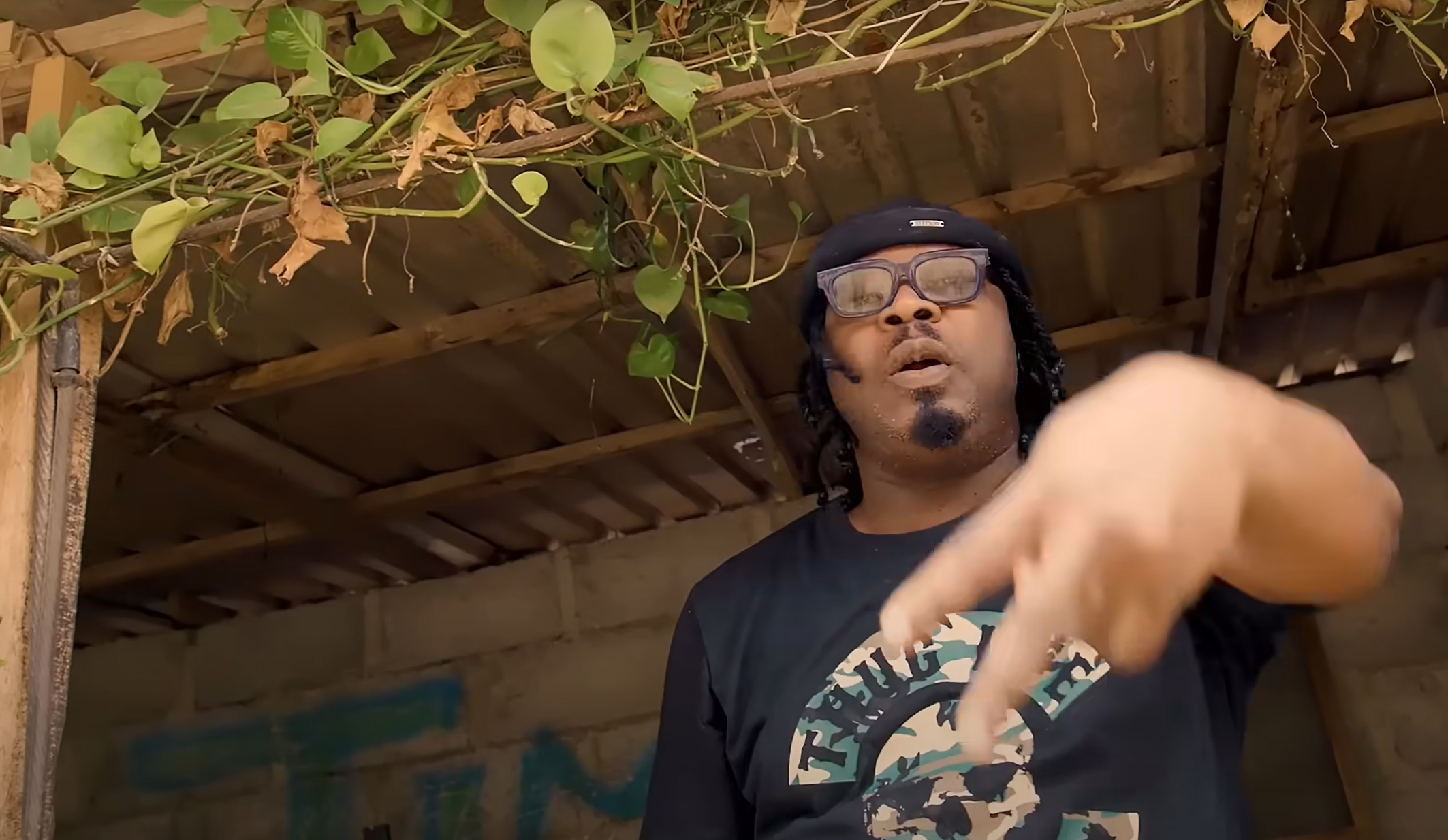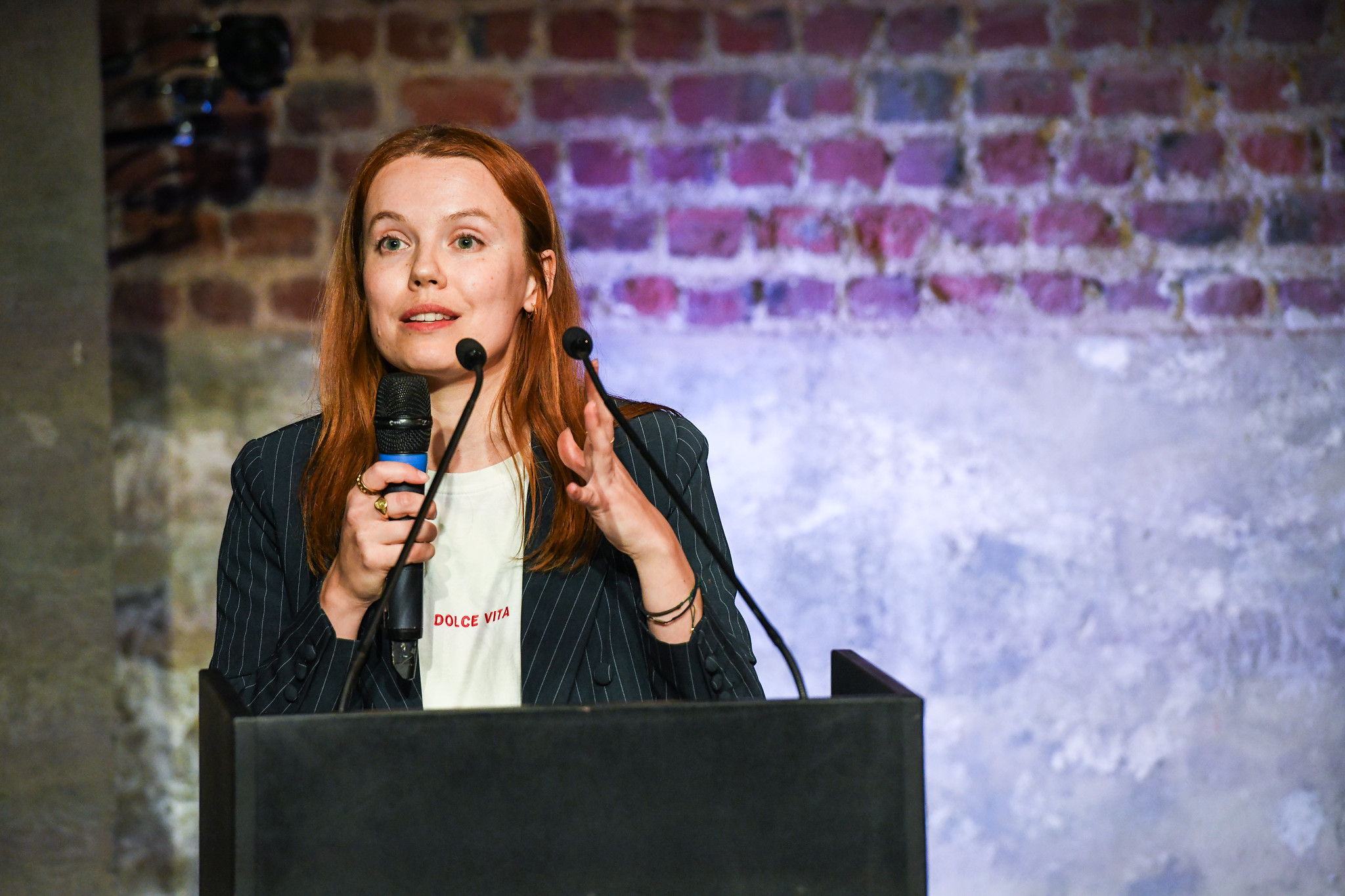San Pedro Sula: Colon is prime farming and cattle territory in the Honduran Caribbean coast. Its geography extends across eight thousand plus kilometers through mountains, rivers and thick vegetation. It is a strategic territory and middle transit point for drug transshipments from South America to Mexico and the United States. At the helm of these operations are Mexican and Colombian traffickers, according to Colombian and Honduran police reports. Plantations of African Palm conceal clandestine landing strips, which were previously used by crop fumigation planes and where today small planes laden with cocaine land unrestricted, according to the Honduran Armed Forces.
The local chieftains are Javier and Leonel Rivera Maradiaga, brothers and former cattle rustlers who today oversee a multimillion-dollar empire. Their organized crime group is called Los Cachiros, which allegedly picks political candidates and has close links to local police, according to the U.S. Treasury Department’s Office of Foreign Access Control, OFAC.
Until recently, few Hondurans knew about Los Cachiros. Journalists did not dare write about their activities. In fact, few reporters visit Colon, their territory, or other northern territories in this Central American country, where dozens of narco chieftains have built profitable drug trafficking networks with little scrutiny from the local press.
In June of this year, Hondurans finally read in the local press about the Maradiaga brothers and their organization. Something similar occurred with José Handal Pérez, a prominent businessman in San Pedro Sula, owner of a retail empire, which includes clothing stores, auto part shops and restaurants. Local media wrote about Handal Pérez in April, following the release of another report by the OFAC, which identified him as a drug transporter and money launderer.
“We published (the story) because the United States gave us information,” explained without hesitation a local newspaper editor who asked not to be identified in this article. “To investigate such matters in this country is very difficult. We can’t take the risk. Also no local authority would provide us with such evidence.”
Honduras has become the ideal transit spot for international drug traffickers. The country and its government institutions are mired with government corruption and ineffective or compromised public security forces, according to a September 2012 report by the United Nations Office on Drugs and Crime, “Transnational Organized Crime in Central America and the Caribbean.” In the last four years since President Manuel Zelaya was deposed and President Porfirio Lobo was selected, an institutional crisis has hit the country, creating a power vacuum that has been exploited by local and international organized crimes groups, according to UNODC. Today Honduras has the highest per capita murder rate in the world with 91 murders per 100 thousand inhabitants. The crime statistics are higher in northern territories, where drug trafficking networks operate. The country also has one of the highest numbers of journalists killed, or attacked, in a country not at war.
The Mexican cartels—Zetas, Sinaloa y Gulf—have had a presence in Honduras for quite some time. Two Colombian criminal bands, The Rastrojos, who have a working relationship with Los Cachiros, and the Urabeños, have a presence in the country. Maras or organized youth gangs—MS13 and Mara 18, which originated in the nineties with deported gang members who grew up in low-income barrios in California—control barrios in some of the country’s most important cities. In La Ceiba, a Caribbean resort town that has a reputation as an important drug trafficking corridor, and where civil society is desperately trying to rebuild its tourist flow, youth gangs have proliferated and even determine who can live in their areas of control. Youth gangs throughout the country work as low-level level drug distributors and are sometimes subcontracted by the cartels as foot soldiers or enforcers, according to Honduran police and the UNODC.
Just Bloody Pictures
However, when reading most Honduran newspapers, readers go away with little understanding of what is occurring in the country. Most crime stories are written without context or explanation and are accompanied by bloody, gory pictures. Local media write these crime stories purposely, as a safety mechanism because of entrenched fear and trepidation among local reporters and editors, according to interviews with reporters and editors and a review of various newspapers in Tegucigalpa and San Pedro Sula by Fundacion MEPI, a regional investigative journalism project based in Mexico City.
MEPI’s analysis found that the news media reports extensively about youth gang criminal activities, but they seldom write about the presence of international organized crime groups and their connections in Honduras to the security forces and to business and political sectors. In private interviews, editors, reporters and news analysts, who asked for anonymity recounted strategies applied in newsrooms to protect their staff of violence. Twenty-nine journalists have been murdered in Honduras in the last four years, with 16 of them were killed because of their work, according to the New York-based Committee to Protect Journalists, CPJ. MEPI has completed similar investigations on how the media works under threat of violence in the Mexican regional press.
The content analysis by MEPI showed that seven out of ten stories about crime published in both San Pedro Sula and Tegucigalpa media did not include details about the victims, nor the possible reasons for the crime. Gruesome pictures were often spread across the pages with headlines such as: “Found dead after visiting his Mother,” “Three men are executed and placed in plastic bags,” or “Transvestite is taken out of his house and killed.”
MEPI’s content analysis found that the media has been correctly reporting on a wave of violence of great proportions and premeditation. According to the stories, 80 percent of the crimes were committed with firearms and 20 percent of the victims were tortured before and after they were killed. Many of the bodies were found tied up and packed inside black garbage bags, a practice also favored by Mexican organized crime groups.
In March 2012, newspaper accounts described an escalation in the number of victims found decapitated or with their bodies cut to pieces. None of the stories, however, provided reasons as to why the new killing method was introduced in Honduras. A crime reporter told MEPI that the new killing methods could be tied to the Mexican organized crime group, Zetas, former military special forces-turned bandits, who built up a reputation for their brutality in killing opponents, and who have a presence in Central America. “About a year and half ago, bodies in plastic bags started appearing. The government won’t accept it is linked to the Zetas,” he said.
Like in Mexico, criminal groups also leave messages at the crime scenes. Some of the messages are carved out in the victims’ bodies. Other messages are scribbled by hand in cardboard signs that are placed next to the bodies. In 2012, several victims were found in both Tegucigalpa and San Pedro Sula with a hand or foot missing. The message was cryptic to the uninitiated. But a criminal investigator in El Salvador said that often those mutilations have specific meanings. A missing hand means the victim stole; a missing foot, he fled. Both are messages to the victim’s friends.
In Mexico, several media leaders were critical of the media when it published the messages left at crime scenes, and most newspapers and television news programs have stopped publishing or broadcasting them. The media agreed that they were becoming messengers in criminal groups’ vendettas. The Honduran press, however, continues to publish the messages.
More than 70 taxi and bus drivers were killed in 2012. They are the two top jobs and occupations that are high risk in Honduras today. But MEPI did not find any stories explaining to readers why these jobs have a higher probability of violence on the job. The stories also do not explain if the government has any program to improve security for workers in these occupations.
Similarly, five out of each 10 murders in the Tegucigalpa and San Pedro Sula in 2012 were carried out by men who rode as passengers in motorcycles, although there is a law prohibiting two riders in a motorbike.
The Press Confronts Violence
Why has superficial crime reporting that relies on bloody photos and spreads, gained some much ground in Honduras? Few journalists and analysts understand it. But MEPI’s content analysis and interviews with reporters and editors drew out multiple reasons: little access to timely official reports by the authorities, a lack of government-media implemented safety mechanisms to protect journalists, and fear of retaliation, if stories appear to have too much context and insight.
To elucidate the danger, one reporter told us, “A few years ago, in Tegucigalpa there was a bandit who was well known and was called The Black Cat. The man controlled all drug sales in Tegucigalpa. If any reporter identified him in a story, he would go to the news outlet and demand to know who wrote the story.”
Many newsrooms forbid their journalists from reporting in low income
neighborhoods controlled by violent youth gangs around San Pedro Sula and Tegucigalpa, The media also shuns reporting trips to the departments of Olancho, Atlántida, Puerto Cortés and Colón, centers of drug trafficking activity—most stories related to these territories appear in news briefs. “It is difficult to report on crime in our country,” said one editor in Tegucigalpa. “Relatives of crime victims do not want to talk to the press. And for our safety, we don’t follow up crime stories.”
A debate on how to stop the media from using graphic pictures and reporting on crime has caused much discussion in Honduras. “(Their reporting style) is related to the lack of training,” said a member of the Honduran Human Rights Commission who did not want to give his name because he was not authorized to talk on the record. “They use bloody pictures to sell more newspapers. They don’t care.”
A poll conducted by DLA Consulting Group in March of this year backs this assumption. The survey found that four out of 10 persons polled said that they were left “in fear, nervous and concerned” after reading the Honduran press.
Business groups and civic leaders have also complained about the press and the reality they paint of Honduras in their stories. Early this year, the Mexican pollster Mitofsky rated President Lobo, number 18—next to the last place—in a poll that ranked 19 presidents across the world. Lobo’s approval rate is down to 27 percent of all Hondurans. Lobo capitalized on the debate over too much violence in the media. He proposed to regulate content in the media, and issue sanctions if a news outlet published news that were deemed to promote crime, obscenity and any other element that attempted against “morality and good manners.” The law proposal was strongly criticized by the Honduran media and international freedom of the press organizations. Media owners reacted quickly and in May, representatives of all mayor newspapers and broadcasters agreed on a self-regulation code of ethics that would forbid the news media from publishing photos and broadcasting video that promotes “immorality and violence.” The President still accuses the media of making a profit out of promoting violence.
Between a Rock and a Hard Place
Last july, body parts of a man which appeared to have been partially burnt, floated on a small lagoon near sugar cane fields in San Pedro Sula. It was the body of Aníbal Barrow, a television commentator who had been kidnapped by armed commandos two weeks earlier, with his family and a driver. The driver and family members had been freed earlier by the gunmen.
Barrow was a close friend of President Lobo and was the second journalist with known links to the President murdered violently in the last two years. In May 2012, police found the body of Ángel Alfredo Villatoro, also a television broadcaster who had been kidnapped two weeks earlier. His body was found dressed with a police special forces uniform. Nobody understood the uniform and the message. A few days before Villatoro was kidnapped, the police had taken away bodyguards that had been assigned to the reporter because of death threats.
Sound investigations on why reporters are getting killed have not been reached on any recent case. “We have examined some cases deeply but can never reach any conclusions,” said one editor. Part of the reason many journalists are afraid to dig too deep in the cases of their dead colleagues is because they fear that in these cases, as in others in Honduras today, the authors could come from political, journalistic or police sectors, who may be operating in tandem with members of organized crime.
Official Communiques
A reporter’s job is made more difficult because of a lack of government information that could explain the wave of violence. According to reporters and editors in both San Pedro Sula and Tegucigalpa, the Coroner’s Office and local and national police agencies do not provide statistics or comprehensive reports. The lack of official information is due to various reasons. One is the alleged collusion between members of the government and police sectors with organized crime, as reported in the U.S. State Department’s Human Rights report as recently as last year.
But safety is also a concern for police officers and government officials. More than 120 police officers have been killed violently in the last three years, according to the Human Rights Office and police reports. Even top government officials run into trouble if they delve in too deep. In December 2009, six months after former President Zelaya was deposed, the then anti-drug Zar, Arístides González was gunned down in Tegucigalpa just days after he announced that the government was going to take measures against several clandestine landing strips it had discovered in the department of Olancho in northwestern Honduras. González had ordered an investigation of a group that was working with the Mexican Sinaloa Cartel. The order to kill him was carried out by a local Honduran trafficker.
This article was originally published on 21 Oct 2013 at indexoncensorship.org




